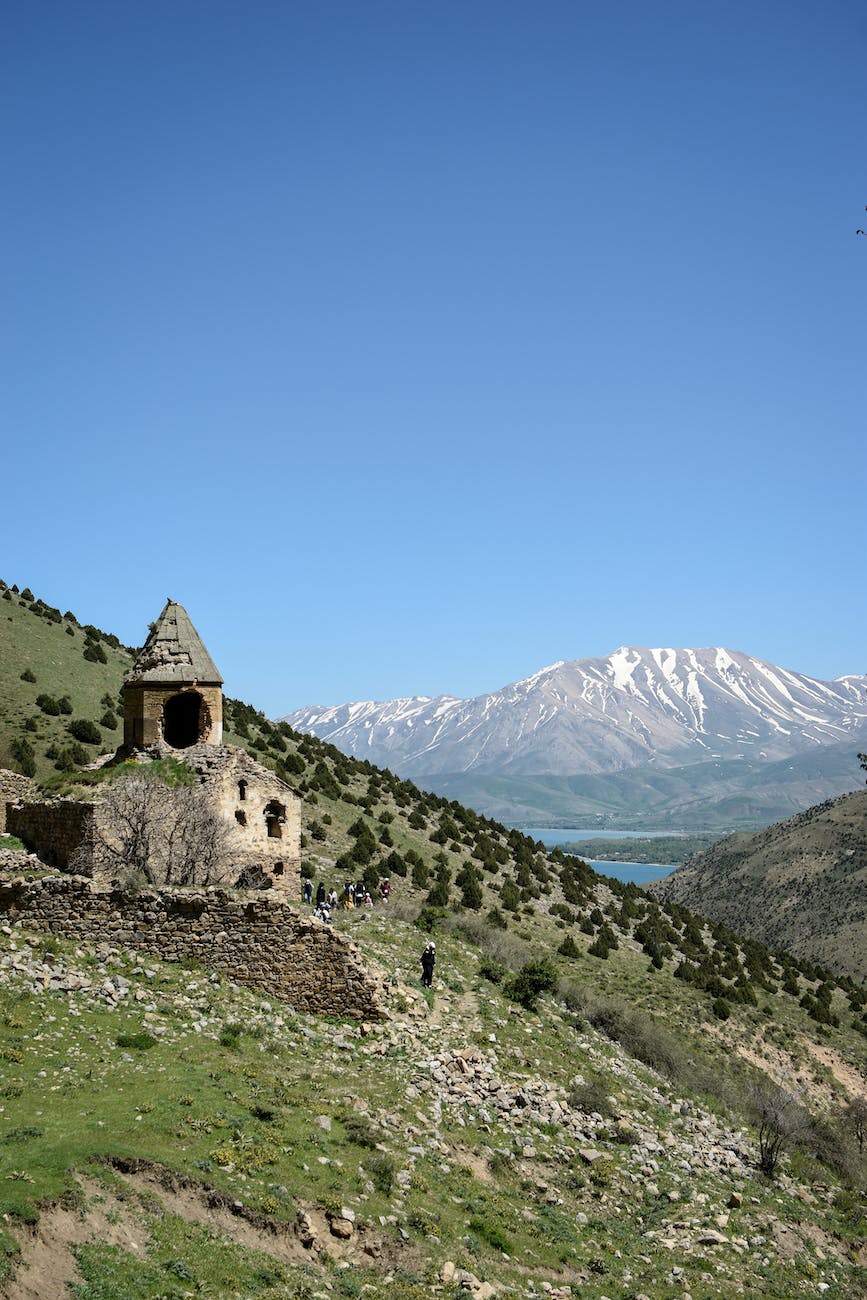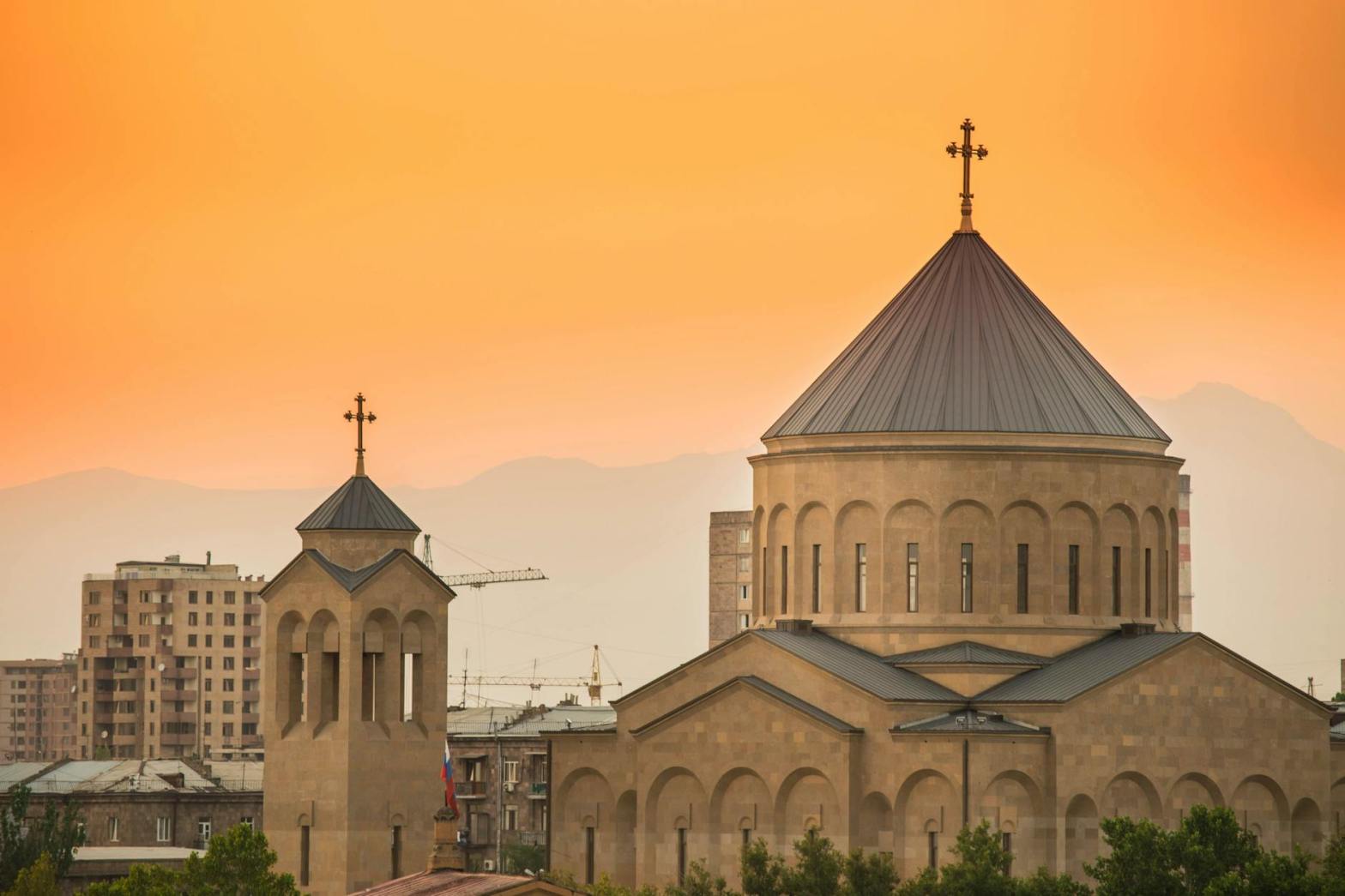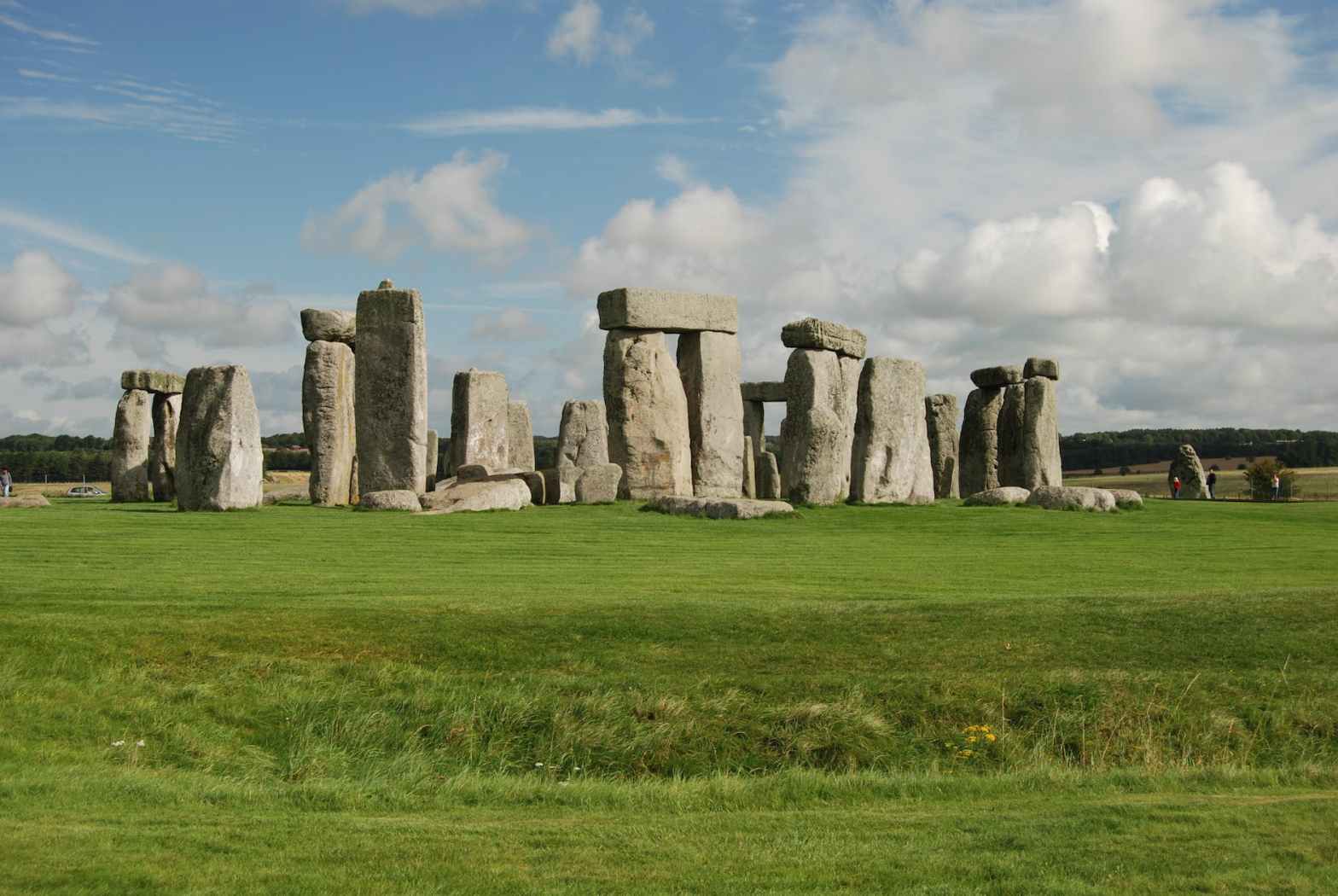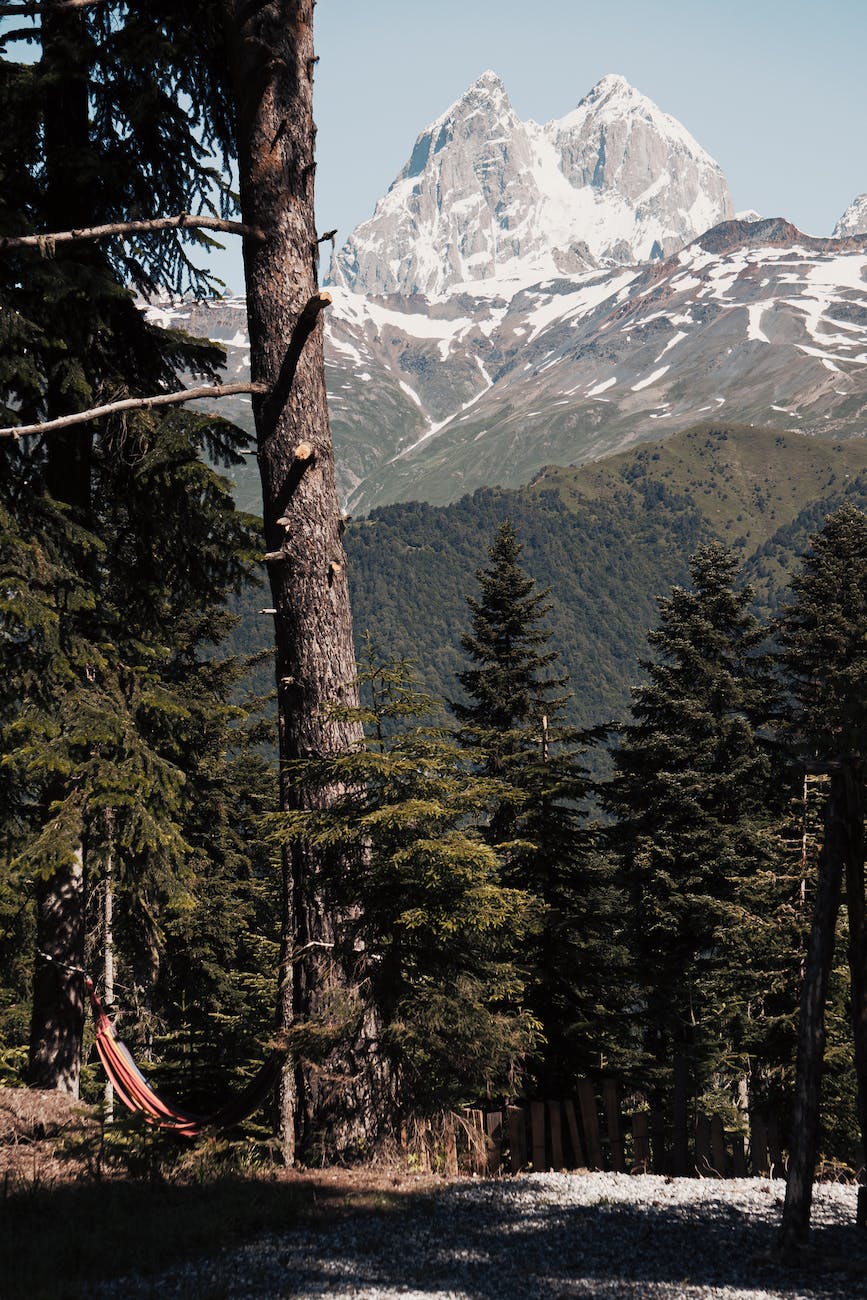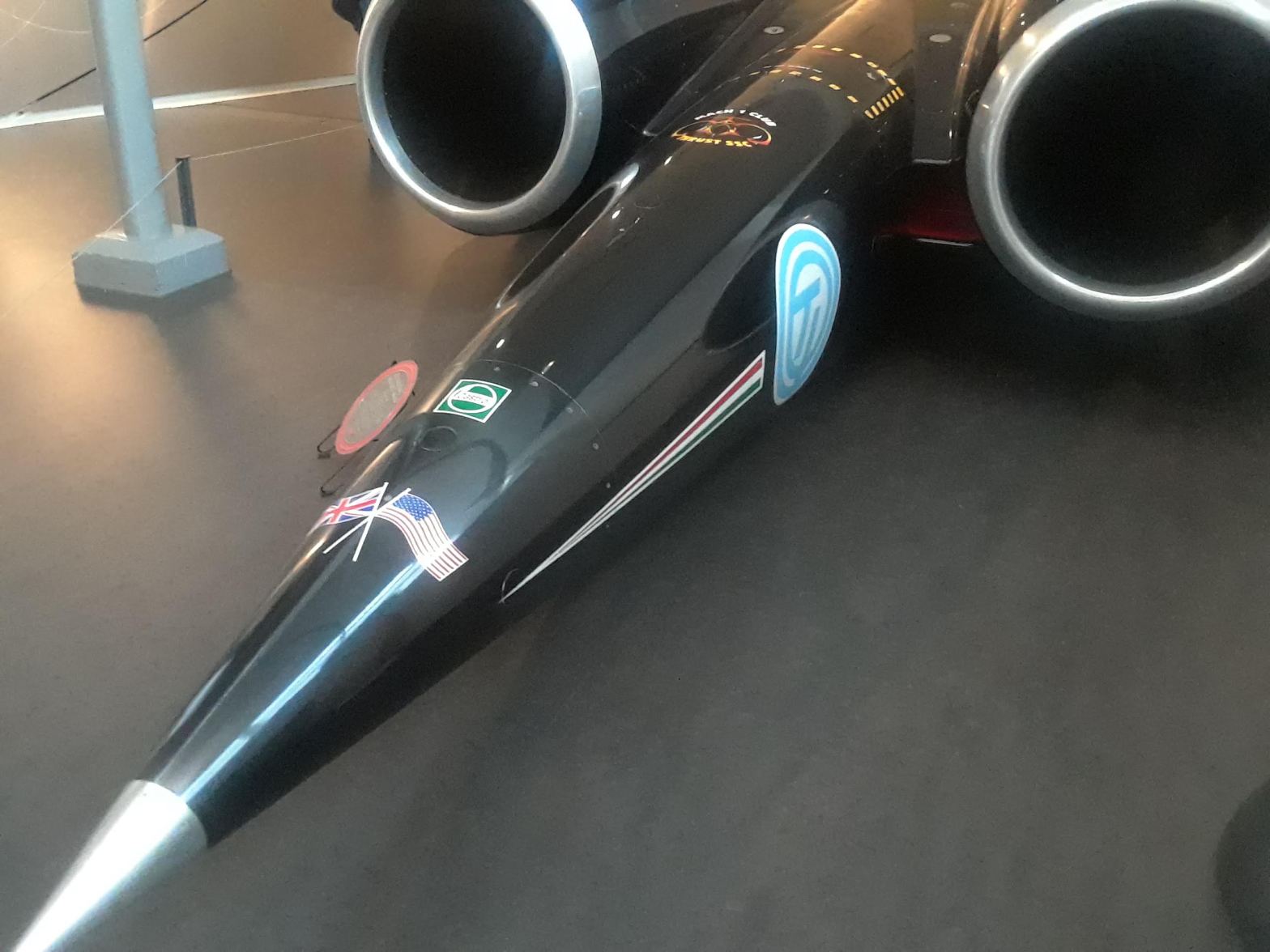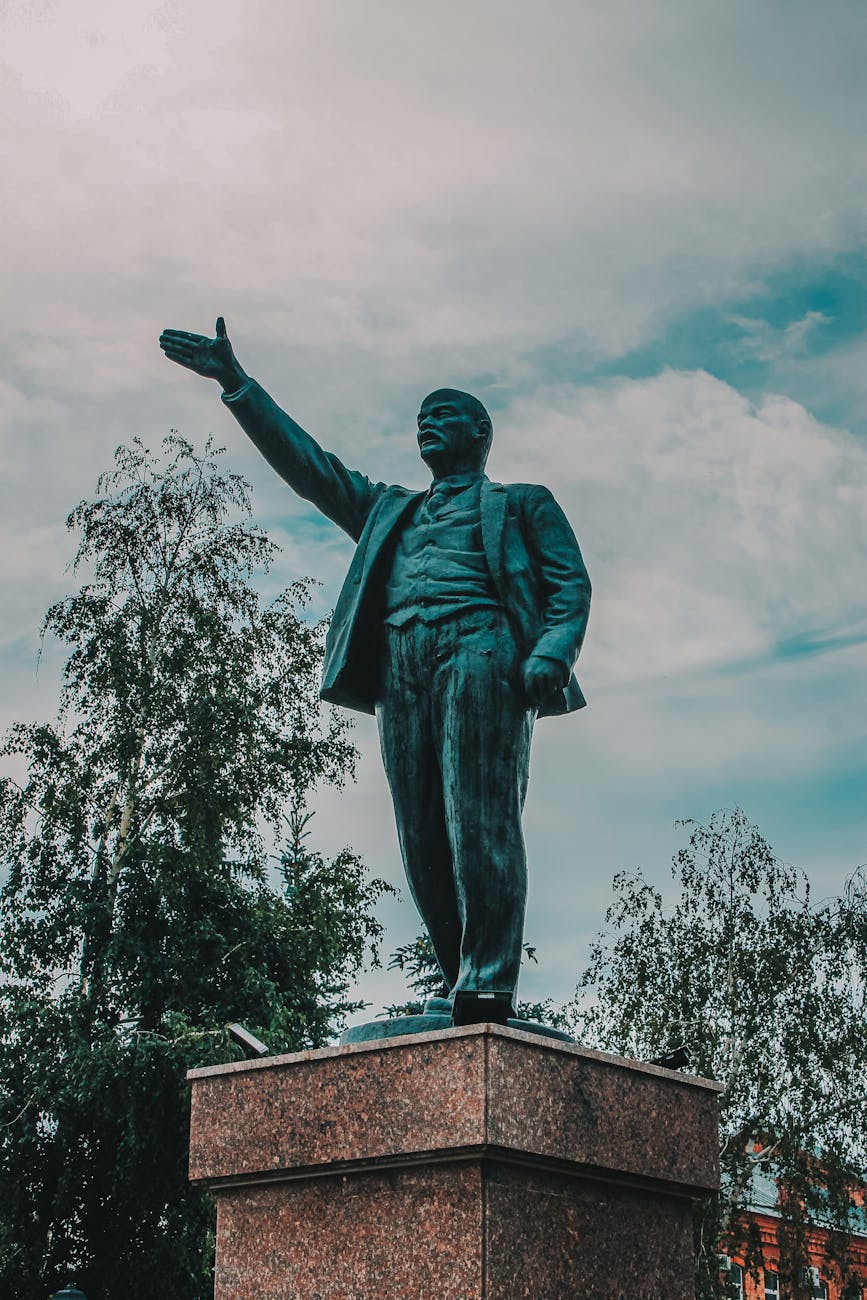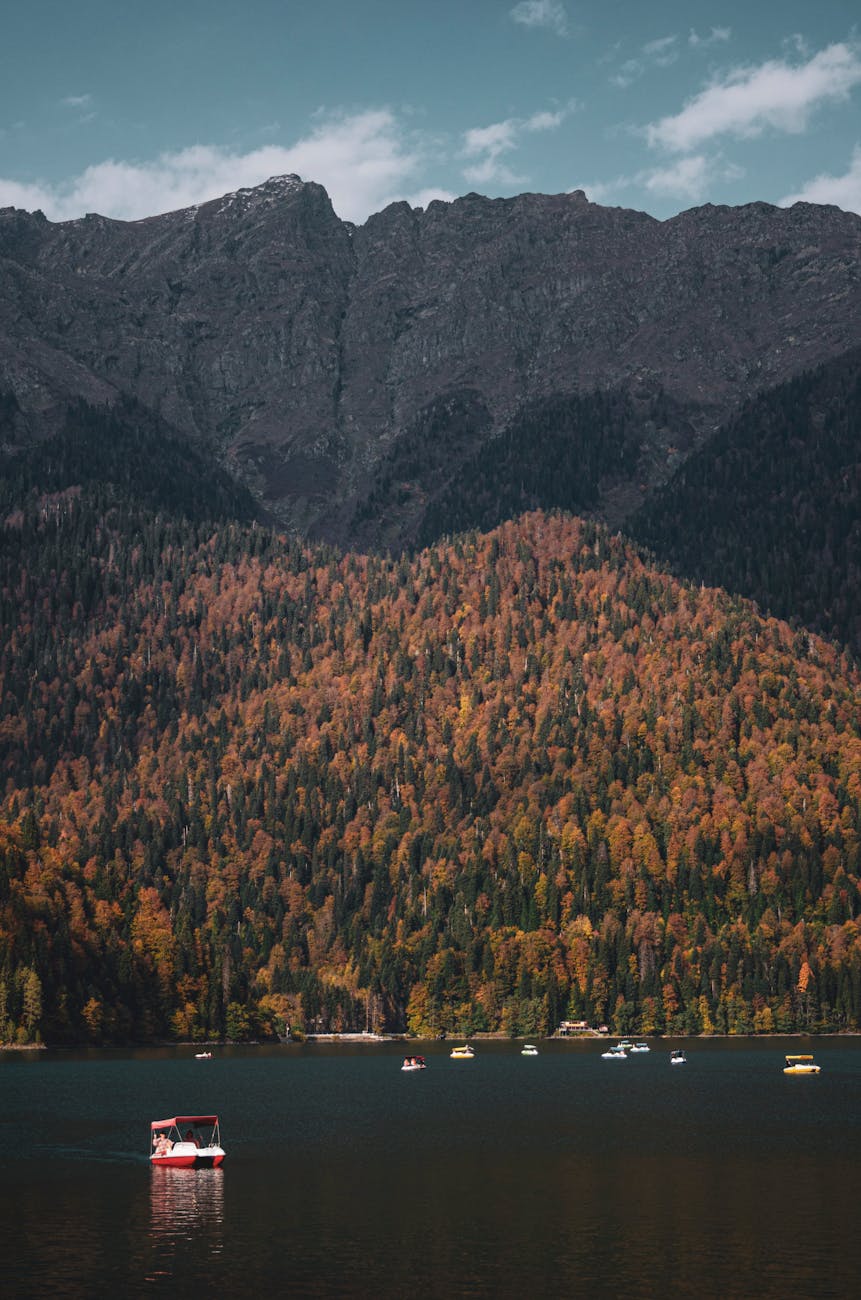In Yerevan, the statues made me think and provided warnings about what can happen in life. Although understated, all the statues in Yerevan have a story to tell. The first sculpture I noticed was called “Kara Bala” on Abovian Street, a statue of an old man holding some roses. Because of some new road building, they moved the piece from its original position. This spot was where a man called Karapet used to stand in the 1930s and give roses to the prettiest girls who walked by, including an actress called Arus Voskanian.
Now, Karapet was married with a beautiful wife and child at home and grew roses in his garden, but none of this stopped him from falling for the actress. Not surprisingly, the actress had another admirer and Karapet became so jealous of this other man he murdered him. Karapet ended up in prison. When Karapet was released, he had lost everything – his wife, child, house, roses, and the actress. He cut a forlorn figure in Yerevan, wandering around with a wine bottle, but still offering any flowers he could find to girls in the street. One cold morning, they found him frozen to death, lying on a rock.
Karapet’s nickname was Kara Bala, because of his dark complexion. He is immortalized in stone for all to see and to take heed of his story of what happens when love turns into obsession and becomes blind to all the good things we have in our lives.
In the Green Belt area of north and east Yerevan are more poignant statues. The Assyrian Genocide Memorial, unveiled in 2012, commemorates the lives of the 750,000 Assyrians (about 75% of their entire population) killed in genocidal attacks by the Ottomans during the period 1914 – 1923. I have to admit ignorance on my part. I’d known about the Armenian genocide for many years, but what I hadn’t appreciated was the scale of the atrocities against Assyrians and the Ottoman Greeks.

